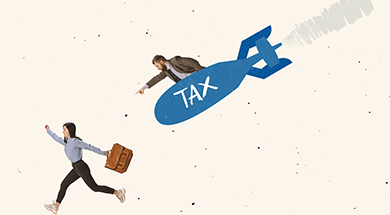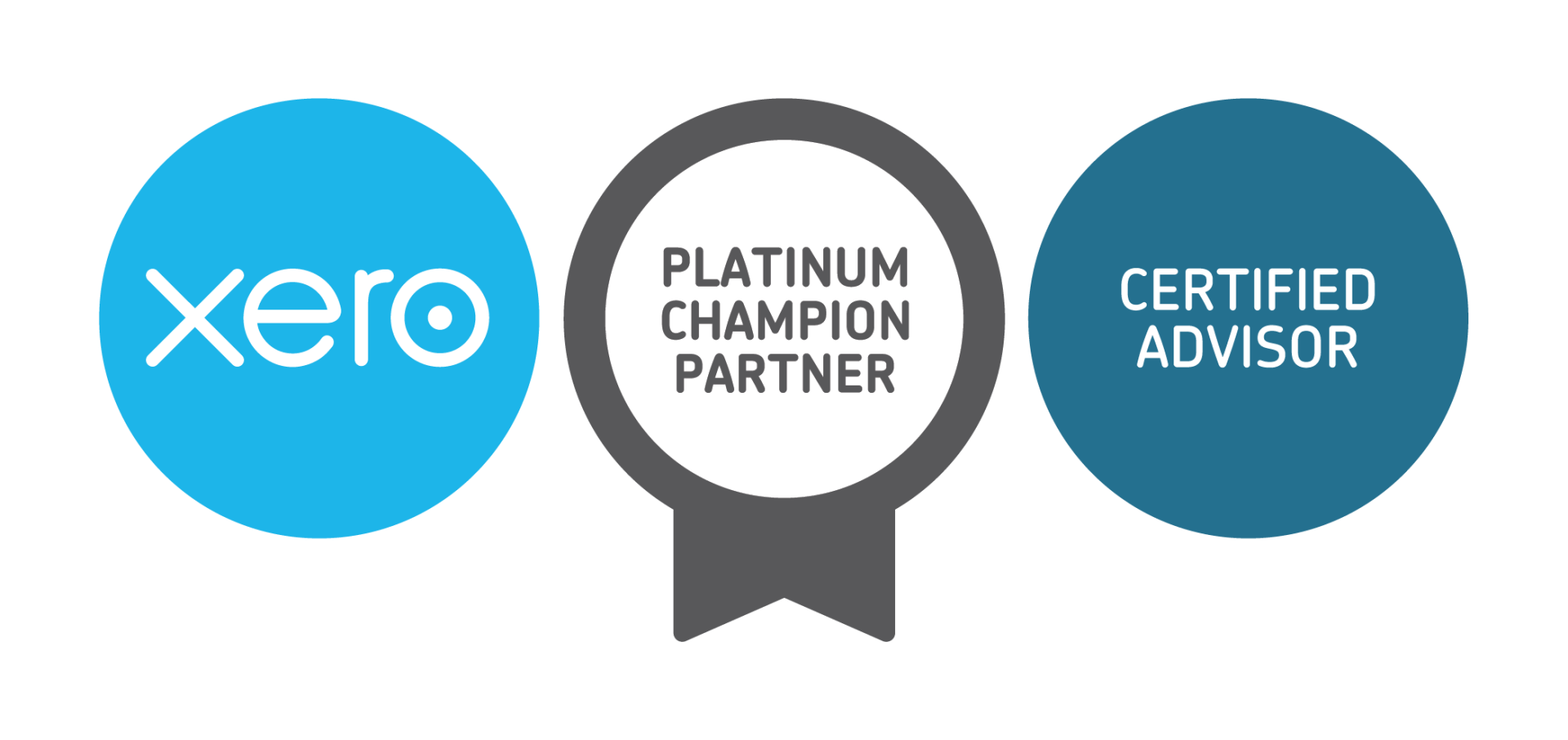
Working farms and agricultural properties, like all businesses, have unique
1. Selling the Farm
 When you sell or transfer the title of a working farm, you are likely to make a capital gain or a capital loss. Capital gains are subject to a capital gains tax, with a concession for small businesses - and a discount for individuals and trusts. If your home is a part of the farm you may be eligible for a partial exemption.
When you sell or transfer the title of a working farm, you are likely to make a capital gain or a capital loss. Capital gains are subject to a capital gains tax, with a concession for small businesses - and a discount for individuals and trusts. If your home is a part of the farm you may be eligible for a partial exemption.
Did you know that you have been able to change the legal structure of your business without attracting a CGT liability since 1 July 2016? This includes, for example, changing the business structure of the farm from a Partnership to a Trust. Each business structure has unique tax advantages.
If you'd like more information on changing business structures or anything else in this article, please contact me and the team at Murray Nankivell on naracoorte@murraynankivell.com.au or by phone on (08) 8765 7777 .
2. Income Losses
If your expenses exceed your income for the financial year, your business may be operating at a loss. This loss can be carried forward to future years and deducted. It is possible that you will receive a refund for a

3. Income Averaging
Income averaging allows farmers in Australia to average their income over multiple years to allow for a more stable taxable income. I can average your income so that you can more easily budget for your income tax obligations.
4. Accelerated Depreciation
In addition to normal Small Business Entity (SBE) depreciation rules, primary producers are entitled to claim a deduction for a number of property improvements. Many property improvements are an investment in the farming business that
- Updating of fencing is fully deductible in the year it occurs. This can include adding laneways and changing paddock layout for grazing management.
- Adding solar panels can increase the value and decrease costs. There is funding available at discounted rates for the purchase of
energy efficient equipment including solar panels. - Pasture renovation is deductible in the year that it occurs.
- Updating or adding yards is subject to the $19,999 immediate deduction for SBE. For
non SBE30 year effective life depreciation for permanent yards, 20 years portable. - Livestock handling assets that can be separate assets (cattle crushes, scales etc.) are treated differently from yards and may come under the $19,999 immediate deduction.
- Fodder conservation assets are deductible over 3 years (sheds, silos, storage tanks & bunkers).Sheds that are not fodder related for primary producers meet the definition of plant and come under SBE pool depreciation. For
non SBE - Water facilities (pivots, bores, tanks, pumps & irrigation) expenditure can be fully deducted in the income year.
- Horticultural plants can be depreciated at an accelerated rate. If the effective life of the plant is less than three years, you can claim in the first year a commercial season starts.
5. Land Care
Work done on the land which protects the land
6. Forced Sale of Livestock
If you are forced to sell livestock due to circumstances beyond your control - for example during natural disasters such as the recent fires at Keith and Frances, drought or flood - deferral of profit is possible.

7. Double Wool Clips
Where double clipping is required in one income year due to flood, fire or drought, you can elect to defer the profit from the advanced clip to the next income year.
8. Insurance
An assessable insurance recovery can be spread in
9. Goods Taken from Stock
Any livestock or goods produced that are taken for your own private use (i.e. a lamb killed for rations) needs to be included as assessable income as if it had been disposed of at its cost price.
10. Farm Management Deposits (FMD)
Operating similarly to a bank account, any money deposited into
11. Computer Related Expenses
The costs of purchasing or leasing a laptop computer or other technology that is used to run the farm is a
12. Electricity Connections and Telephone Lines
In rural areas, electricity and telephones lines are much more expensive to install. There are ten
Want More Information About What Expenses You Can Claim If You Own A Farm?
I have been working with farmers and primary producers for over 20 years. There are numerous
Contact me and the team at Murray Nankivell on naracoorte@murraynankivell.com.au or phone us on (08) 8765 7777 .

About the Author - Mark Edwards

LEGAL
Liability limited by a scheme approved under Professional Standards Legislation.
Investngro Pty Ltd ABN 53 113 102 695 trading as Murray Nankivell Financial Planning, is an authorised representative of Count Financial Limited ABN 19 001 974 625 holder of Australian financial services licence number 227232 (“Count”). Count is owned by Count Limited ABN 111 26 990 832 of GPO Box 1453, Sydney NSW 2001. Count Limited is listed on the Australian Stock Exchange. Any taxation and accounting services are provided by Murray Nankivell and are not within the authority Count. The information on this web site is not financial product advice and is provided for information only.





